Serata Forsythe
This program of three works by William Forsythe set to the music of James Blake has special meaning for La Scala Ballet.
Continua a leggere
World-class review of ballet and dance.
Astonish me,” said impresario Serge Diaghilev to choreographers, composers and collaborators of his famed Ballets Russes, the bespoke company that reigned supreme from 1909 through 1929. And so it was that during this year—with two wars raging and Covid strains still running rampant amid a world seemingly going mad—there was a boatload of fabulous dance in the City of Angels that managed to, well, astonish this writer.

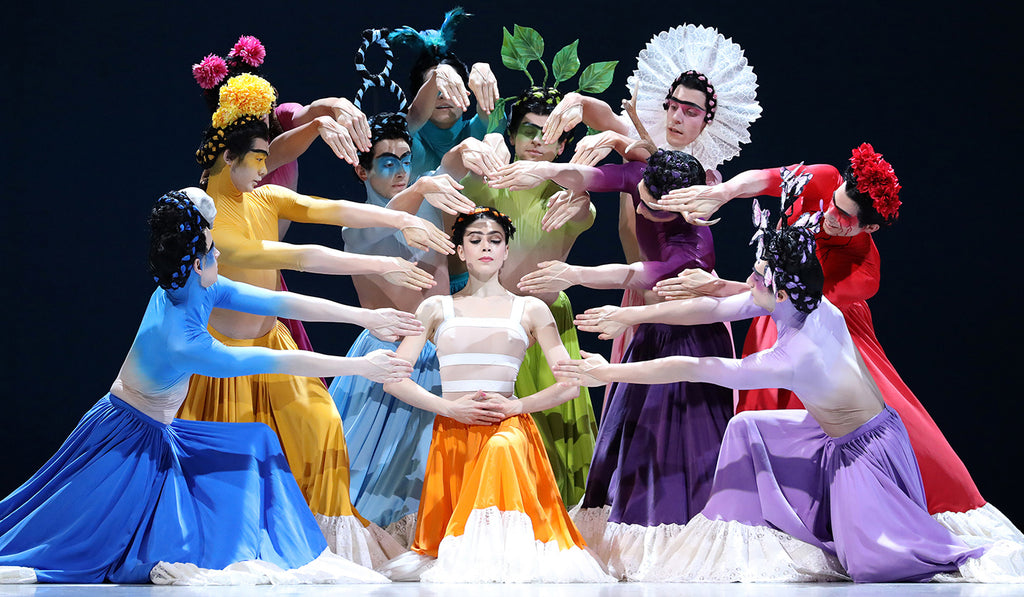
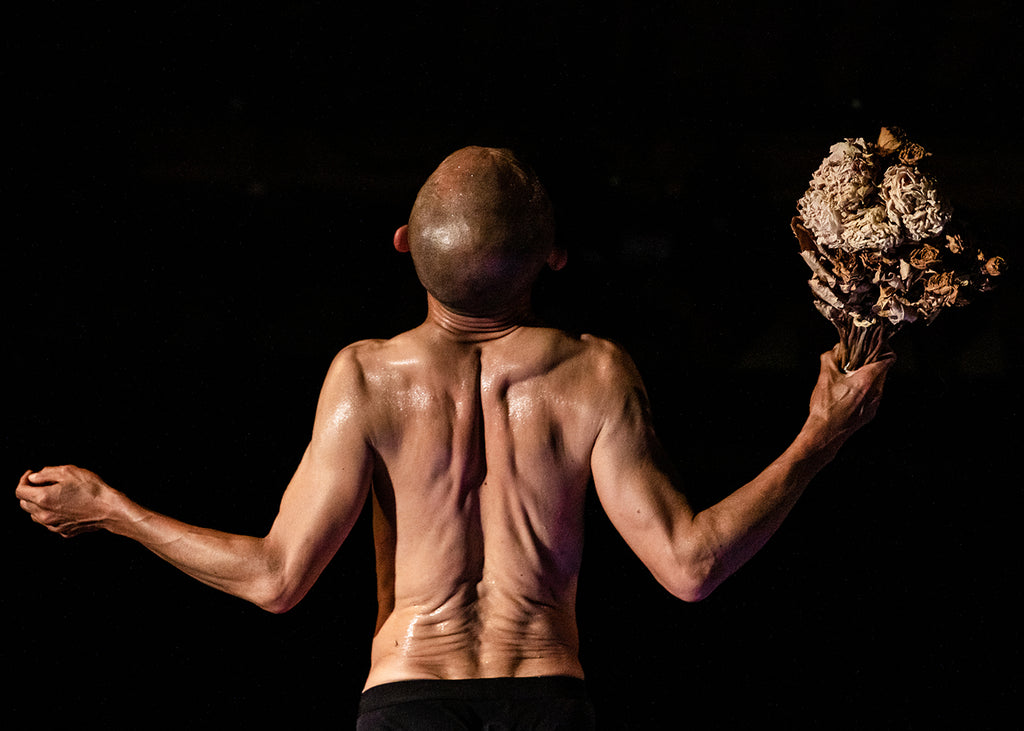
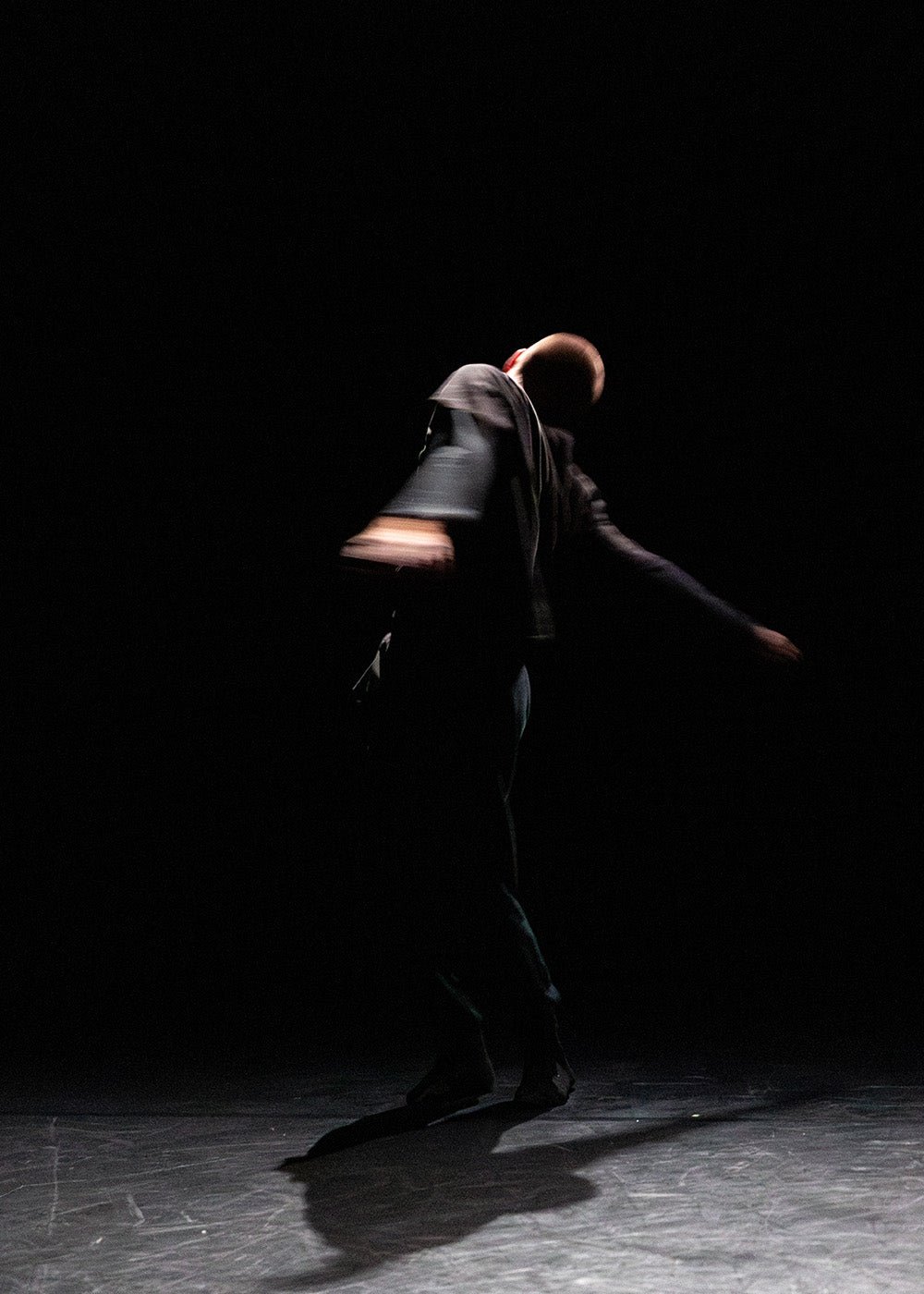
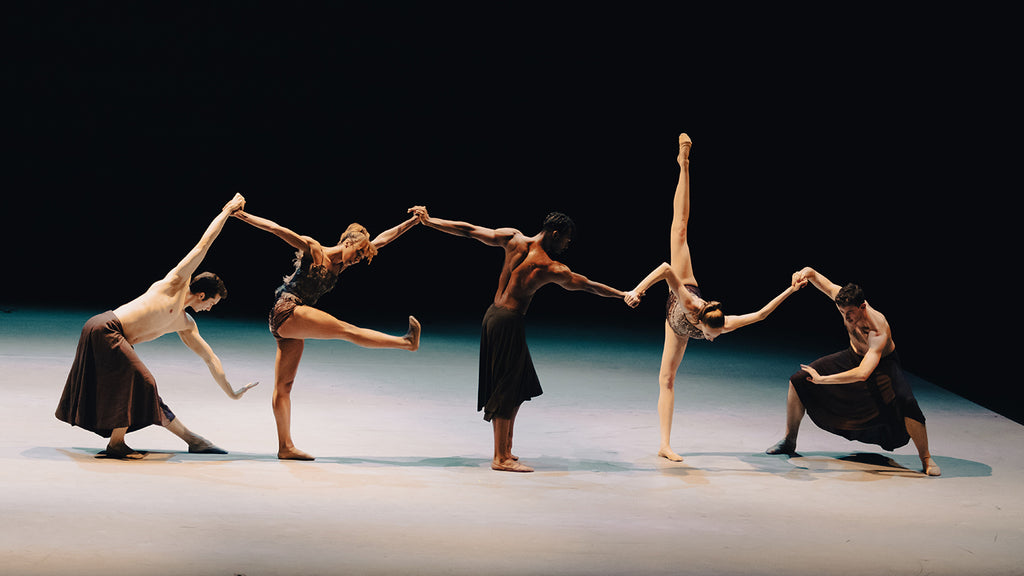
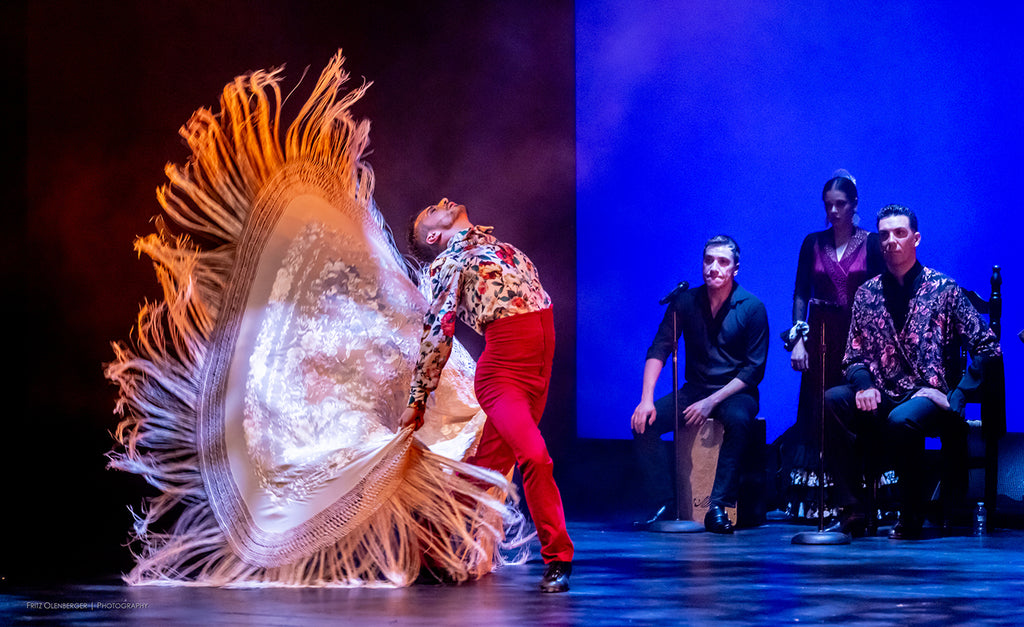
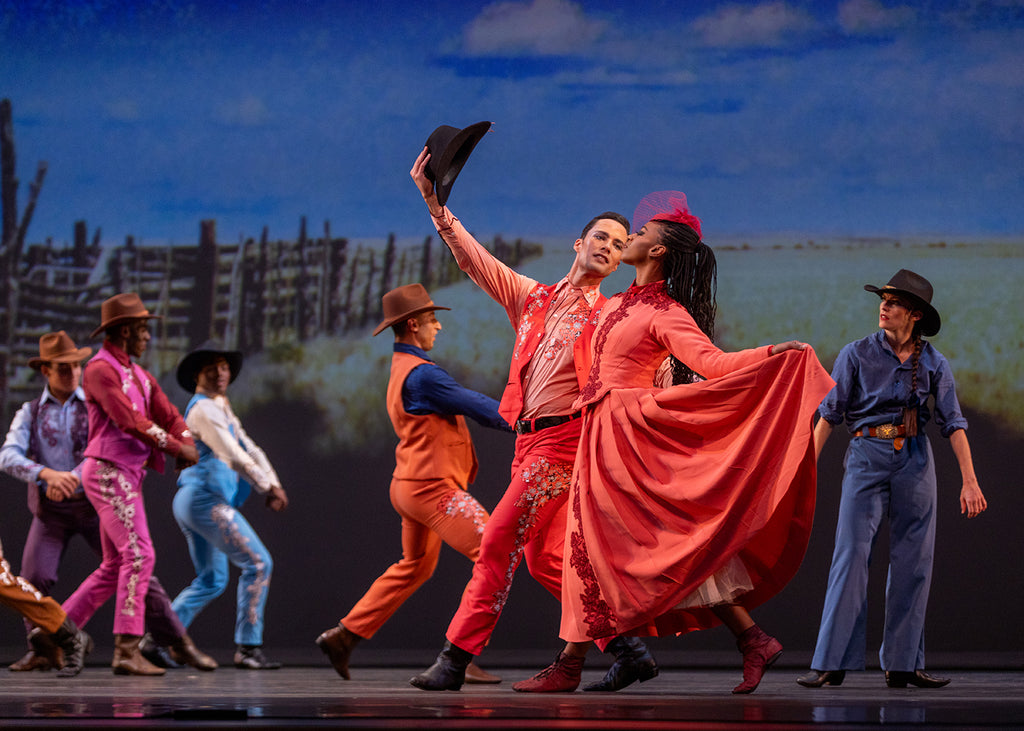
This program of three works by William Forsythe set to the music of James Blake has special meaning for La Scala Ballet.
Continua a leggereUshering in the ninth season of Dance at the Odyssey, which takes place January 8–February 16 at the Odyssey Theatre Ensemble and features a number of cutting-edge choreographers and world premieres, curator, producer and festival co-founder Barbara Müller-Wittmann adores her job.
Continua a leggereAround this time of year, we can all use a little cheer. The early darkness, the cold, the state of the world alone can send one into a spiral.
Continua a leggereWill Tuckett’s new production of the “The Nutcracker” for the National Ballet of Japan serves up a holiday feast for the senses. Sweetly invigorating, it’s also a warm toddy for the soul. From start to finish, Tuckett’s “The Nutcracker” is truly a dream.
Continua a leggere
Thank you for this fun wrap-up. I always tell students to use colorful verbs to describe dance, and you’ve packed in the verbs. You’ve also given me a hit of all the things I missed on the other coast. Tnx much.